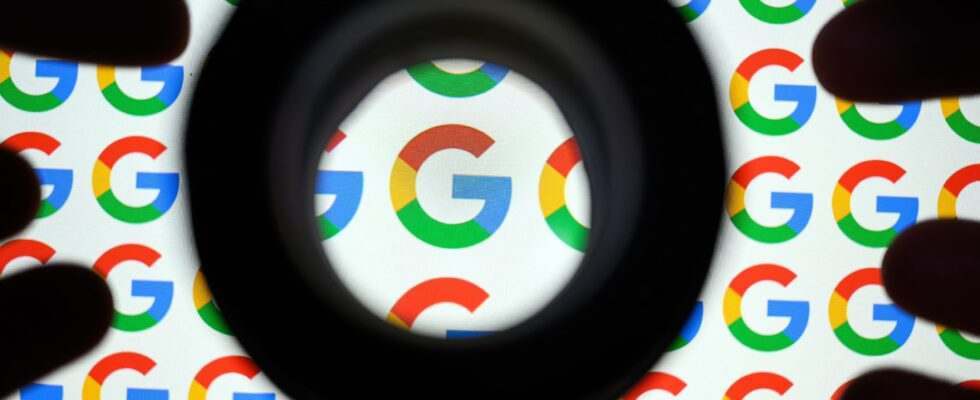Advances in artificial intelligence are monopolizing attention. But in the meantime, another disruptive technology is making good progress: quantum computing. Google unveiled this Monday, December 9, the fruit of its latest work in this area: a state-of-the-art processor called Willow which brings “two major advances”, promises the company. The first ? The “exponential reduction in the number of errors”. A capability that may seem self-evident, but in this area it is a major advance. And this is because of the very way in which quantum technologies behave. Unlike classical computing, which works with bits, which have a value of 0 or 1, quantum computing uses qubits. These qubits can have several values simultaneously, which makes it possible to carry out a multitude of calculations in parallel, and therefore drastically reduce the time spent solving complex problems or equations.
Google’s new quantum chip
However, these qubits are not very stable: even particles of light can disrupt them, and create a phenomenon called decoherence. This decoherence leads them to make errors that are difficult to predict. Generally speaking, “the more qubits we use, the more errors there are,” summarizes Hartmut Neven, head of Google’s quantum research laboratory. This posed a major problem for the sector: processors could not grow, and therefore become more powerful, without making even more errors. A vicious circle that blocked scientists for “nearly 30 years”.
Google teams have developed a real-time error correction system. By encoding information across multiple qubits, the researchers produced a “logical qubit.” Instead of performing the calculations with the qubits themselves, Google uses logical qubits, making the process more reliable. Using this technique, Willow can “reduce errors exponentially as the number of qubits increases,” the company says.
Google tested increasingly larger arrays of physical qubits, moving from a grid of 3×3 encoded qubits to a 5×5 grid, then to a 7×7 grid. “Each time, thanks to our latest advances in error correction, we have been able to reduce the error rate by half,” say the researchers.
The objective: to open up to the general public
Second advance highlighted by Google: Willow is fast. In order to measure the efficiency of the quantum processor, the researchers subjected it to a benchmark, developed internally, called RCS. It measures “the performance of quantum computers through criteria such as circuit fidelity, execution speed or noise tolerance,” explains Louise Frion, head of new technology projects at the Institut Montaigne. This benchmark is used by Google teams to compare quantum processors to classical computers, and measure whether quantum computing can outperform classical computing on specific tasks. In other words, if the quantum revolution that the industry promises us is a reality.
Willow’s results speak for themselves. The quantum processor performed an extremely complex calculation in less than 5 minutes, which would have taken one of the world’s fastest supercomputers 10 septillion years — that is, 10,000,000,000,000,000,000 000,000 years. Willow processors are manufactured in the United States, Google specifies, in a state-of-the-art center built expressly for this purpose, in Santa Barbara. The entire manufacturing process for these chips must be controlled because “if one component is slow or if two components do not work well together, the performance of the system suffers.”
Google’s long-term objective in quantum: opening up to the general public. “So far, the industry has only conducted two types of experiments. On the one hand, RCS evaluations that measure performance compared to conventional computers, but have no known real-world applications. “other, scientifically interesting simulations on computers, which have enabled new discoveries but which remain within the reach of classical computers”, recognizes the team in its press release. For the magic to work, you will have to succeed in reconciling the two.
